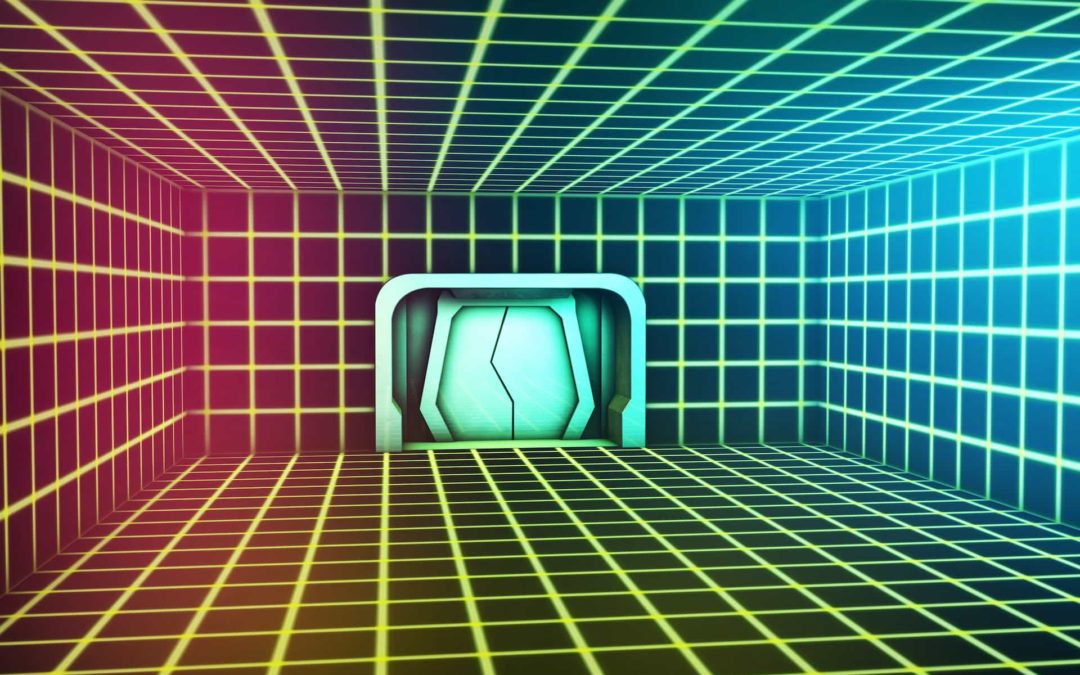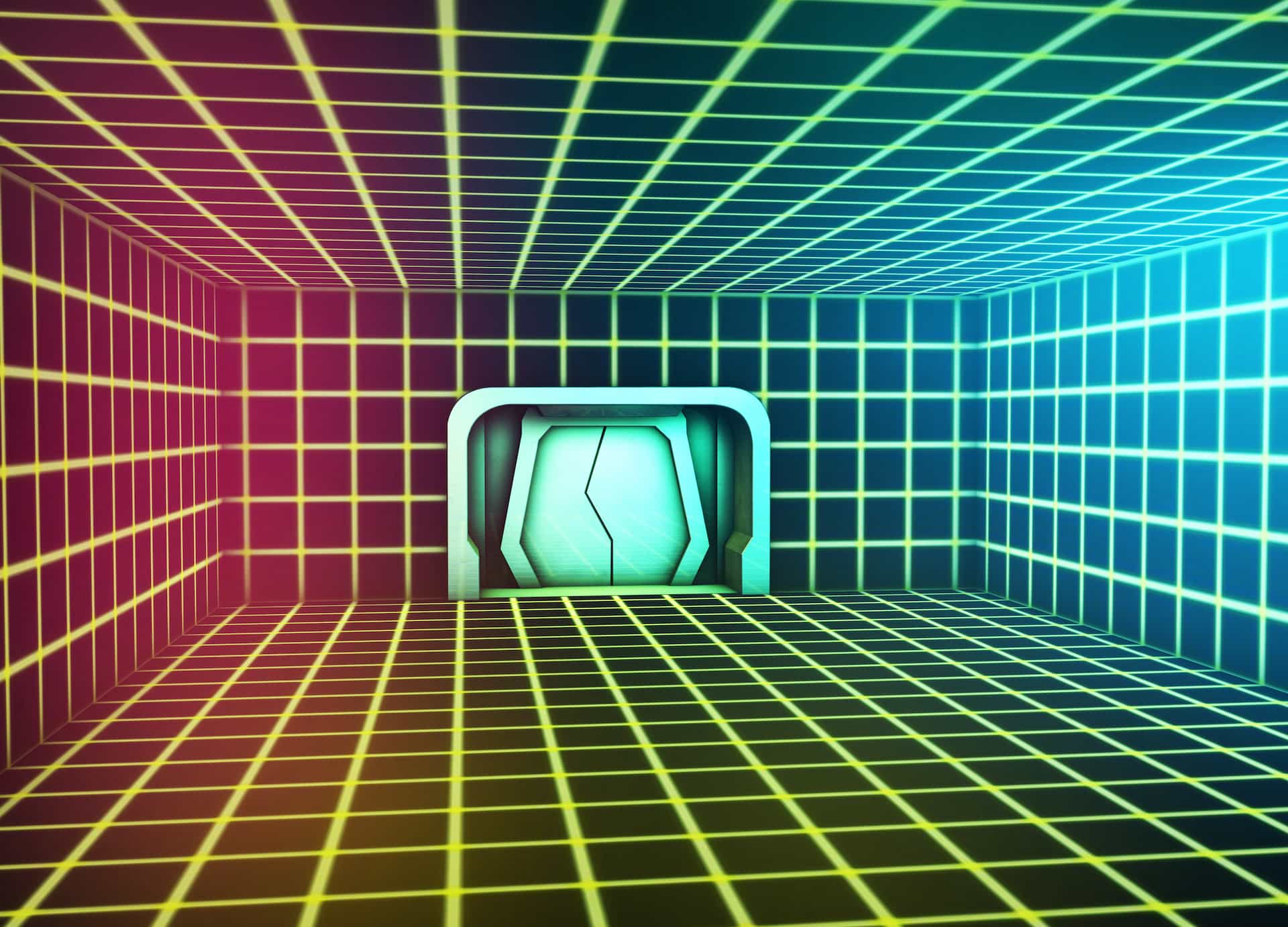
A team of engineers from the University of Glasgow has developed a new way to make 3D projections in the air feel "real" to the touch. This is thanks to a technology they call aerohaptics.
Aerohaptics is based on air jets aimed with a high level of precision, thereby creating the illusion of the user touching a virtual ball in a sports game, an animal in an interactive zoo, or a person – even though a computer renders everything.
This could be a step closer to Star Treks Holodeck, a fictional technology that uses holograms to create hyper-realistic 3D simulations.
Holodecks are found on several of the spaceships in the series, and crew members can enter the Holodeck room and choose whether they want to experience a real, historical or fictional environment. The environment is perceived as realistic, and it is possible to interact with both virtual people and objects.
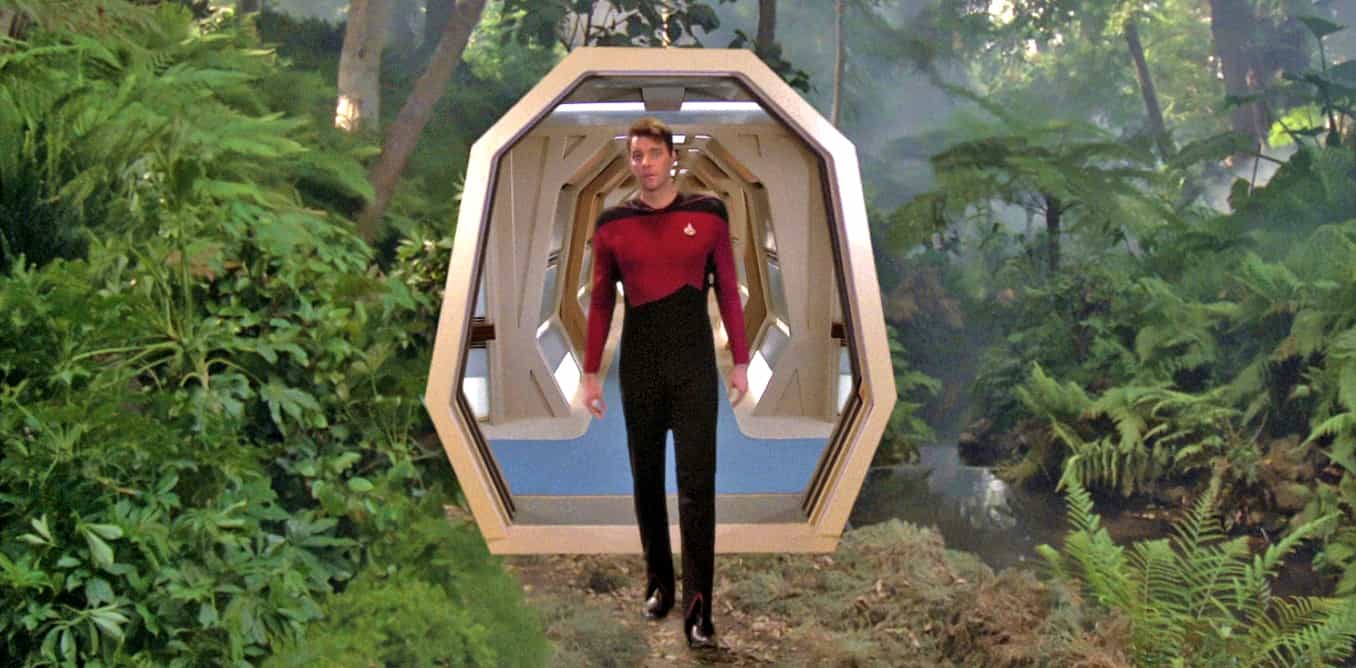
Back to Earth and Scotland.
The group at the University of Glasgow has recently published its work in a report titled "Pseudo-Hologram with Aerohaptic Feedback for Interactive Volumetric Displays," which can be read at the Wiley Online Library.
Professor Ravinder Dahiya of the University of Glasgow's James Watt School of Engineering leads Bendable Electronics and Sensing Technologies, or BEST, which developed the system.
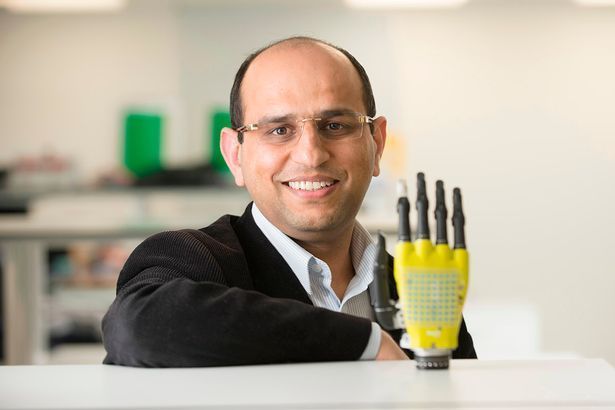
"Haptic feedback and volumetric display technology have developed rapidly in recent years. This has brought us closer to creating compelling interaction with virtual objects", says Professor Dahiya to the Daily Star.
Professor Dahiya claims that aerohaptics create a convincing sensation of physical interaction on the user's hands at a relatively low cost.
"We are already looking at adding further features to the system, for example, adding temperature control of the airflow to deepen the sense of interacting with hot or cool objects."
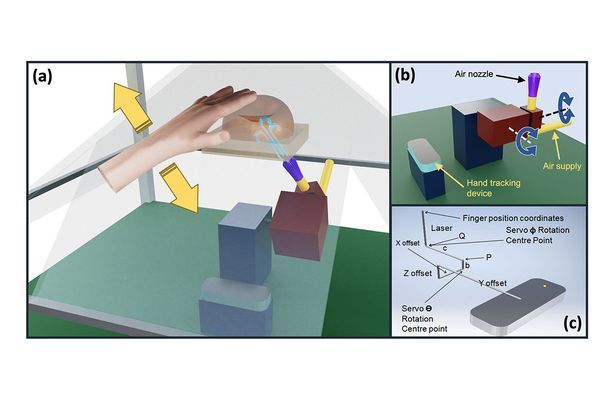
The team believes that their technology could form the basis for many new applications in the future, such as creating compelling, interactive 3D renderings of real people for teleconferencing.
"It can help teach surgeons to virtually perform tricky procedures during their training or even let them command robots to perform the surgeries for real. We look forward to exploring the possibilities as we continue to develop the system."
The technology is still in its infancy, but it's a whole new way of interacting with computer models and possibly a whole new type of entertainment. It's one step closer to the Holodeck.

